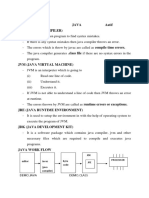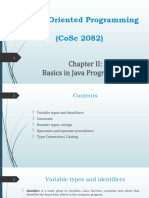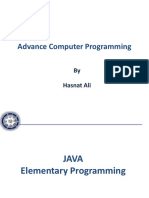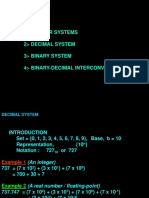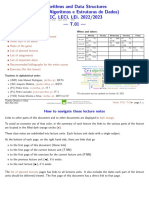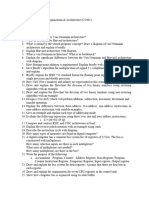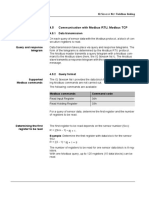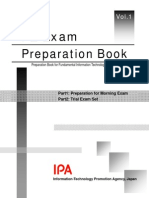0% found this document useful (0 votes)
2 views52 pagesIntroduction To Java
The document outlines the rules and evaluation criteria for a Programming II course, emphasizing hands-on learning and understanding programming fundamentals. It includes critical tips for effective learning, the software development method, and Java programming concepts such as identifiers, data types, and input/output handling. Additionally, it presents problem-solving techniques and examples related to calculating bonuses and paychecks in a programming context.
Uploaded by
lycatagulabong846Copyright
© © All Rights Reserved
We take content rights seriously. If you suspect this is your content, claim it here.
Available Formats
Download as PDF, TXT or read online on Scribd
0% found this document useful (0 votes)
2 views52 pagesIntroduction To Java
The document outlines the rules and evaluation criteria for a Programming II course, emphasizing hands-on learning and understanding programming fundamentals. It includes critical tips for effective learning, the software development method, and Java programming concepts such as identifiers, data types, and input/output handling. Additionally, it presents problem-solving techniques and examples related to calculating bonuses and paychecks in a programming context.
Uploaded by
lycatagulabong846Copyright
© © All Rights Reserved
We take content rights seriously. If you suspect this is your content, claim it here.
Available Formats
Download as PDF, TXT or read online on Scribd
/ 52



















